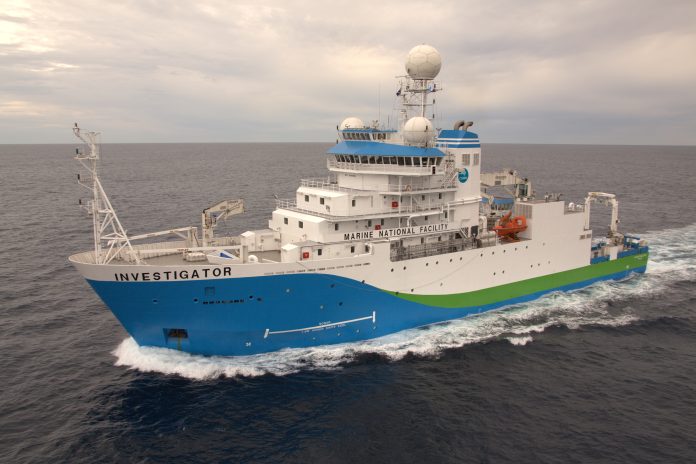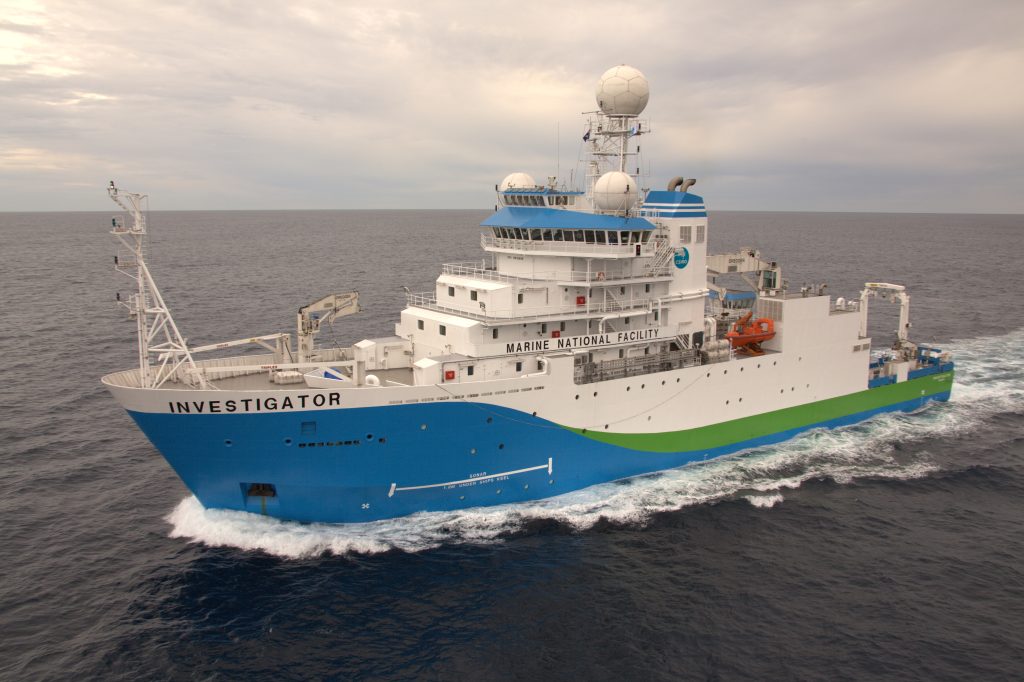
“Anything that impedes, disrupts or puts at risk pilots in charge of British military planes is deeply dangerous,” warned UK Defence Secretary John Healey this week. His words were not just rhetoric, coming as they did after the first confirmed use by the Russian intelligence vessel Yantar of lasers against Royal Air Force crews.
The incident, unfolding north of Scotland within the UK’s wider waters, has already ratcheted up tense maritime surveillance operations between NATO and Russia. The Yantar, officially an “oceanographic research vessel” but long suspected of deep-sea espionage, is now under intensified tracking by the British. Healey’s decision to change Royal Navy rules of engagement underlines the gravity of the threat.
To defence analysts and security observers, the confrontation represents a window into modern hybrid warfare at sea-a place where undersea infrastructure, laser harassment, and geopolitical signalling meet. Following are ten key takeaways from recent developments.

1. First Recorded Laser Use Against RAF Pilots
The use of lasers by Yantar marks a new phase in the maritime confrontations. While shipborne lasers have been reported in other theatres-for instance, the Chinese naval harassment of aircraft-this is the first documented incident involving RAF pilots. Projected against P8 Poseidon maritime patrol aircraft, the beams could burn optics or temporarily affect pilot vision, presenting operational risks. Defence officials said that RAF crews had been medically checked and suffered no injury, but added that the incident was extremely reckless.

2. Deep Sea Spy Capabilities by Vessel
Officially classed as a Project 22010 “oceanographic research vessel,” Yantar is operated by the Russian Main Directorate of Deep Sea Research, or GUGI. It reportedly carries equipment to tap into – or even sever – submarine cables, as well as launch uncrewed underwater vehicles as deep as 18,000 feet. These capabilities have led some to regard the vessel as a potential threat to Britain’s network of 60 undersea cables crucial for communications, finance, and military needs.
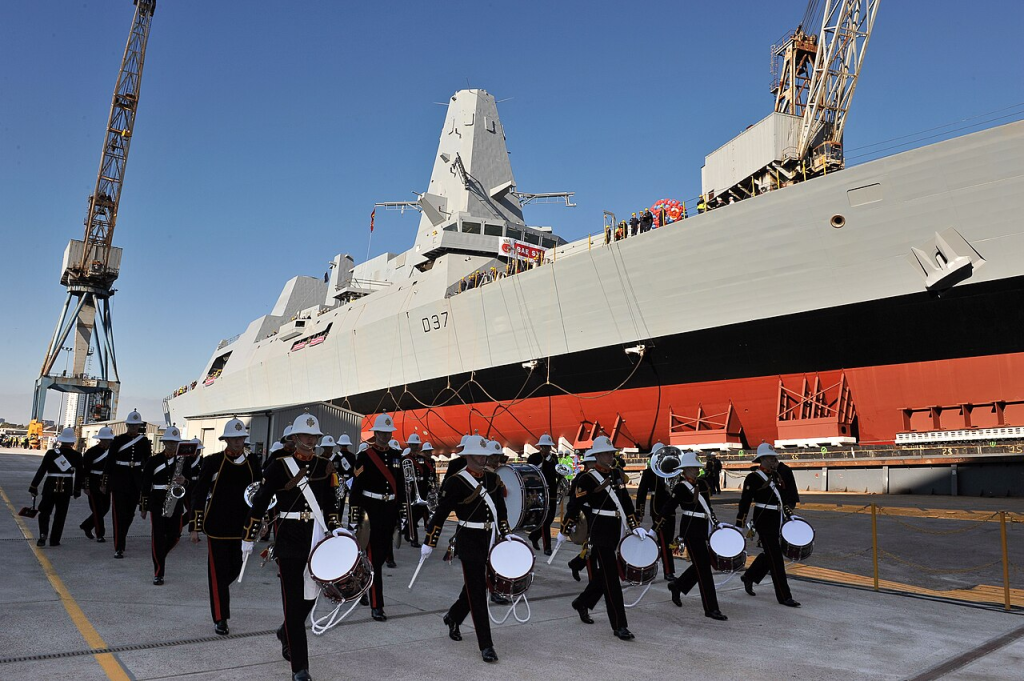
3. Modified Royal Navy Rules of Engagement
Healey has ordered the shadowing of the Yantar to be closer and more aggressive, reportedly as little as the length of a football pitch. This is an intensification in the process of both monitoring and deterrence within the law, given that while this vessel is operating in the UK’s exclusive economic zone, it is outside territorial waters.

4. NATO’s Wider Concerns Over Undersea Infrastructure
The confrontation is in line with growing NATO concern about sabotage risks for subsea assets. Incidents such as damage to power cables and pipelines in the Baltic Sea have motivated missions like Baltic Sentry to secure such critical infrastructure. According to U.S. Navy Rear Adm. Andrew Lennon, there has been unprecedented underwater activity near NATO cables by Russia, a factor that underlines the strategic vulnerability of seabed assets.
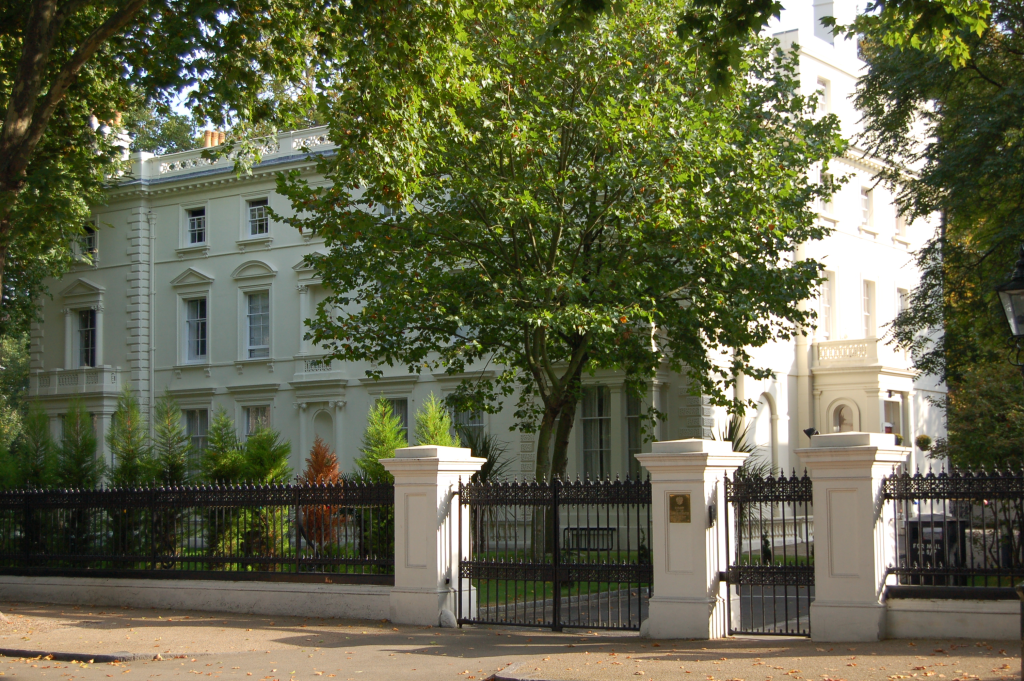
5. Official Denial and Counter Accusations by Russia
The Russian Embassy in London dismissed UK claims, declaring that Yantar was conducting legitimate research in international waters. It accused Britain of “Russophobic policies” and “militaristic hysteria,” warning that such actions degrade European security. Moscow has continued to insist it has no interest in British underwater communications, despite repeated Western assessments to the contrary.

6. Historical Encounters with Yantar
British forces have shadowed Yantar several times. In November 2024, a Royal Navy Astute class submarine surfaced near the vessel as a deterrent. In 2018, Yantar was escorted through the English Channel while carrying a Saab SeaEye Tiger deep sea robot. These episodes illustrate a pattern of persistent surveillance and counter surveillance in UK waters.

7. Hybrid Warfare and Deniability
Yantar is a dual-use technology, and its civilian and military uses confuse attribution in hostile acts in the same manner. That serves Russia’s broader approach to hybrid warfare well, whereby overt naval operations are combined with covert infrastructure mapping. This tactic exploits a legal grey area around international waters that enables Moscow to maintain plausible deniability.
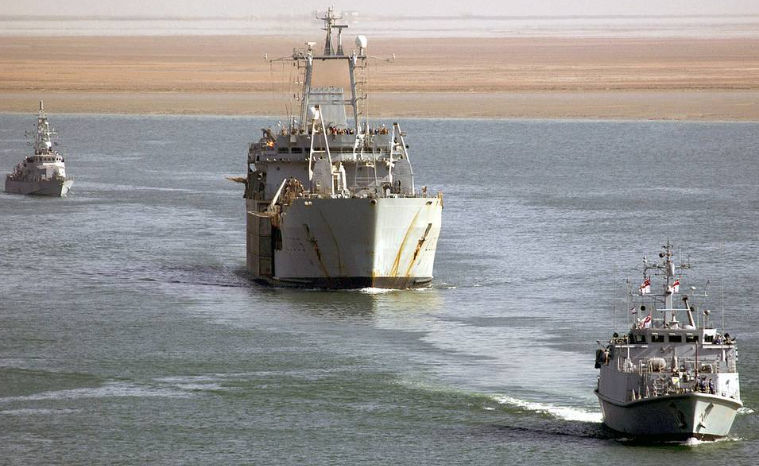
8. Coordination between the RAF and Royal Navy
The most recent incident included the coordinated tracking by a Royal Navy Type 23 frigate and RAF assets, including P8 Poseidon aircraft and possibly Typhoon fighters supported by Voyager tankers. This would be indicative of an integrated UK maritime surveillance posture, bringing together surface, subsurface, and airborne capabilities to maintain situational awareness.
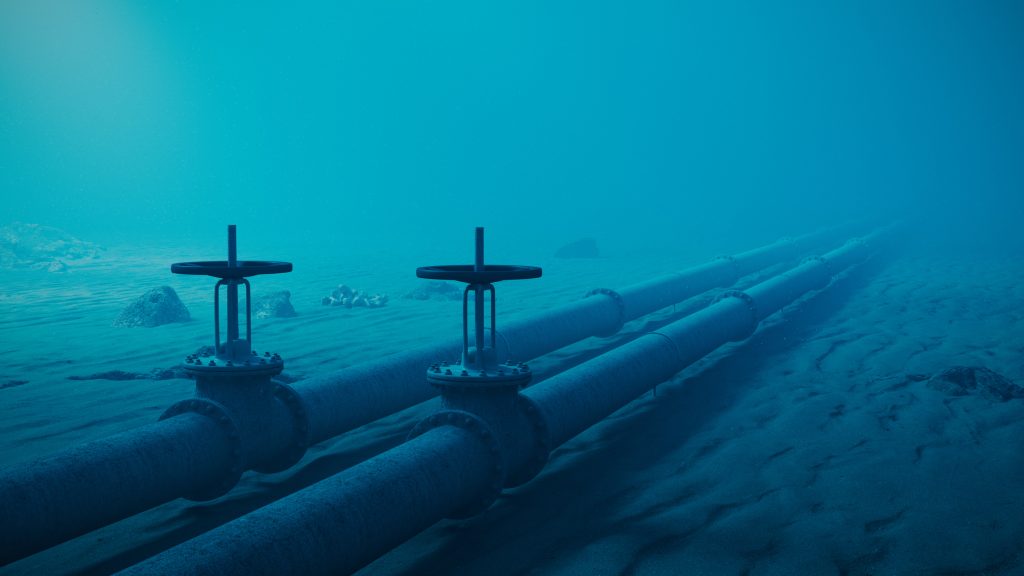
9. Pipelines Strategic Significance
While undersea cables have redundancy, experts such as Dr. Sidharth Kaushal of RUSI warn that gas pipelines are more fragile because of dependence on a few key lines. Any damage to those lines would immediately and severely disrupt energy, thus making them highly attractive targets for seabed intervention capabilities held by adversaries.
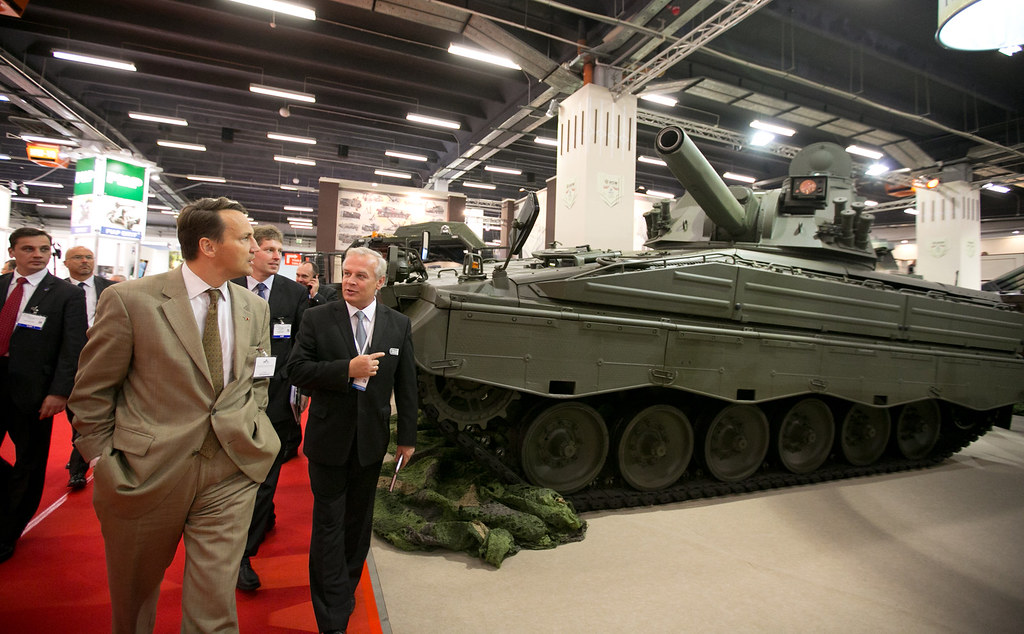
10. Political and Defence Policy Implications
The incident coincides with parliamentary critiques of Britain’s defence readiness, described as at a “glacial” pace in meeting NATO Article 3 obligations and with wide gaps in integrated air and missile defences. Healey’s announcement of £1.5bn investment in 13 new munitions factories signals intent to bolster domestic defence industry, but also highlights need for rapid adaptation to evolving threats.
The Yantar episode is more than a maritime skirmish; it is a case study in the complexity of modern security challenges. Lasers, undersea espionage, and geopolitical signalling converge in ways that demand both technical vigilance and strategic resolve. For the UK and its allies, the task ahead lies in defending critical infrastructure while navigating the fine line between deterrence and escalation.
